 https://www.nexsys.co.uk/wp-content/uploads/2022/09/1.png
420
680
nexsys
https://www.nexsys.co.uk/wp-content/uploads/2025/03/NexSys_FullLogo_white-1030x547.png
nexsys2022-09-22 12:35:052024-11-26 16:27:42Keep Aerospace Flying with Low Cost Industry 4.0
https://www.nexsys.co.uk/wp-content/uploads/2022/09/1.png
420
680
nexsys
https://www.nexsys.co.uk/wp-content/uploads/2025/03/NexSys_FullLogo_white-1030x547.png
nexsys2022-09-22 12:35:052024-11-26 16:27:42Keep Aerospace Flying with Low Cost Industry 4.0It’s been around for decades, but only in recent years has artificial intelligence (AI) emerged from the research labs into the real world. Interestingly, consumers are more familiar with it, in the form of Apple’s Siri, the Amazon’s Alexa, and navigation apps like Waze – so when will businesses, and especially manufacturers and distributors, get around to accepting AI as a standard part of business lives?
Initial pilots and projects are showing that AI, and its relative Machine Learning (ML), have an important contribution to make in the manufacturing process. And like the Coronavirus pandemic has accelerated other technologies into acceptance (e.g., Zoom), AI/ML is now being seriously evaluated as one of the solutions to help manufacturers and distributors deal with the challenges of new working conditions.
What is AI/ML?
AI is the term for computer software that gets information about the environment, learns, and takes action in response to that information and objectives that it is set. AI systems get better and more accurate as they collect and analyse more data. AI has the ability to perform tasks often performed by humans with a high degree of accuracy and intelligence. While it does not replace human intelligence, the insights that come from using AI can significantly augment human capabilities.
ML is a form of AI that enables a system to learn from data rather than through explicit programming. As the ML process trains data, it is then possible to produce more precise models based on that data. An ML model is the output generated when you train your ML algorithm with data. ML enables models to train on data sets before being deployed.
Is AI ready for use?
There have been surveys in recent years about the readiness of companies to use AI (e.g., the MIT Sloan study reported in Forbes) Before the pandemic, the surveys indicated a majority of organisations were at least considering AI, that has now changed dramatically. As the BCG April 2020 report commented:
“AI will be a must in the post-Covid world”
There has been concern about new skills that are needed to leverage AI opportunities. The good news is that AI and ML tools are being adapted so they can be used in a standard office or factory environment. AI is becoming more focused on UI (user interface).
Where AI can help
AI and ML can improve customer service, optimise operational processes, allow employees to focus on more value-adding activities by relieving them of repetitive tedious tasks, and ultimately improve profitability.
The shift to a new reality
New reality
- Uncertainty requires redundancy, which increases costs AI enables to greater scale and scope needed to build redundancy while reducing cost
- Consumption patterns are changing to e-commerce and other digital models
Consumers are prioritising essentials over luxuries - AI improved detection of new patterns and allows for personalisation of goods
- AI can improve innovation and new product development
- Remote ways of working are becoming normal
How AI can help
- On-demand labour is becoming more important
- AI-based operations are equipped for new ways of working
- AI can leverage on-demand labour through more precise sales and supplier predictions
Source: BCG
The disruption that the pandemic caused to established supply chains has made businesses realise that cost reduction is now secondary to agility and redundancy. If you want suppliers who can help you be more agile, and duplication of supply chains so you can still get the materials and parts you need, that is going to add cost. However, this may be offset with AI enabling manufacturers to optimise costs through predictive maintenance and better planning. It will also allow them to manage more, smaller operations that are closer to customers by deploying advanced manufacturing technologies.
Consumer behaviour has changed as a result of the Coronavirus (e.g., online shopping for food and clothes) and reduced the demand for certain goods which are not considered essential anymore. Because AI and ML applications can analyse large amounts of data from different sources much faster than humans, they can uncover emerging trends in consumer preferences. AI can also be applied in the product design process by using its analytical capabilities to identify new product offerings and tailor products to suit niche customers.
Where AI is working
AI solutions have already proved successful in a number of areas of manufacturing and distribution.
Here are a few:
- Using AI to gain customer feedback better to improve configure-to-order product customisation;
- AI can improve demand forecasting by reducing forecasting errors, and reduce lost sales by managing product availability;
- AI can help to solve complex constraint and delivery problems manufacturers and distributors are facing;#
- AI used in digital assistants, or chatbots, to improve conversational interactions with customers;
- Combining real-time monitoring data from connected machines with AI to provide insights into machine loads, streamline the production process and improve production scheduling (see also the What is Smart Manufacturing blog)
- Using machine learning to predict preventative maintenance and optimise production assets;
- AI can reduce logistics costs by finding patterns in data captured using IoT-enabled sensors;
- By applying AI to supplier performance data, discover which suppliers are best and worst, and which production centres are most accurate in catching errors;
- Using AI to evaluate component images in the production line which can spot, in real-time, deviations from quality standards, and so drive increased accuracy and efficiency of testing.
The caveats to watch out for
Implementing AI in a business is not without its challenges. According to a study by MIT Sloan and BCG [ there is not a high rate of success among AI projects. Most of the challenges are not technical but organisational:
- Not understanding what adoption of AI means. The pressure to adopt AI can force leaders to act before they plan. There needs to be a well-thought-through plan for the amount of effort and time that is required to invest in the solution, and for what happens if something goes wrong.
- Thinking that AI and ML projects should be run by the IT department. The projects that derive the most value for their companies are those that see AI as a core part of their overall business strategy. The full, informed and active support of the CEO and other senior executives is required.
- Looking to AI to help cut costs and increase productivity. While cost-cutting and productivity benefits are a good way to start, more advanced users focus their AI initiatives on revenue generation and growth opportunities, which can take AI deeper throughout the business.
- Because AI involves processing large amounts of data, it is subject to the rules of garbage in, garbage out. AI can turn valuable data into mistakes and false truths.
- Also because of the data usage of AI, data privacy issues may need to be addressed.
- Trying to enhance pre-existing processes and legacy structures by “adding on” AI is a mistake. To build an AI-focused operation, you need to redesign legacy processes, technology, and organisational structures.
- Not preparing people for the change. AI systems require a fundamentally different mindset and new capabilities. Companies must provide employees with on-the-job learning opportunities to master new skills.
AI and ERP
In the past, ERP systems were used mainly for administrative functions, like reporting and organising data. Now, with intelligent technologies like AI and ML, ERP can play a much more important role in business processes.
Intelligent ERP systems (those with embedded AI) can identify trends and make predictions, recommend actions, and process complex data. AI can enable the system to self-correct in real-time, allowing operations to run more smoothly and saving employee time and effort. Intelligent ERP frees employees to do more meaningful work, allowing them to generate more value. With the growing emphasis on the UI of AI, it enables more intuitive and assistive user interfaces to allow smarter working, more accurate decision-making, and better forecasting.
Where to now?
AI and ML will reshape a lot of business activity and will bring choices for companies to decide how to use it. AI comes with opportunities, and also risks. Up-skilling and cross-skilling of staff will need to be addressed. Leaders should look to AI to operate more efficiently or increase productivity, rather than as a cost-cutting exercise. Above all, organisations need to think AI through carefully before they embark on a project.





